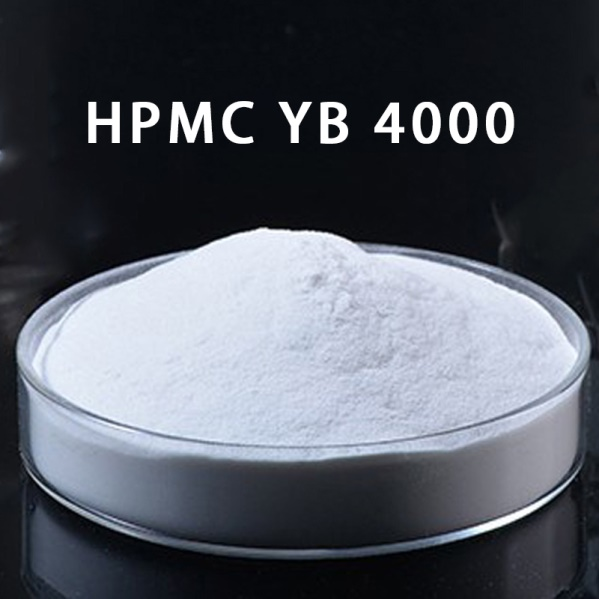-

HPMC YB 4000
EipponCellHPMC E4000 is a hydroxypropyl methyl cellulose ether specifically designed for use in ceramics. Hydroxypropyl methylcellulose (HPMC) is a non-ionic cellulose ether derived from natural polymer material cellulose through a series of etherification processes. It is a white powder that is odorless, tasteless, and non-toxic. When added to cold water, it forms a clear or slightly cloudy colloidal solution. HPMC possesses several properties such as thickening, dispersing, emulsifying, film-forming, suspending, adsorbing, surface activity, moisture retention, and colloid protection. It finds extensive applications in various industries, including building materials, coating industry, synthetic resin, ceramic industry, textiles, agriculture, daily chemicals, and more.
Where to buy Cas HPMC YB 4000
-

HPMC YB 810M
EipponCell HPMC 810M is a ceramic-grade Hydroxypropyl Methylcellulose (HPMC), also known as Hypromellose and Cellulose Hydroxypropyl Methyl Ether. It is derived from highly pure cotton cellulose and undergoes a specific etherification process under alkaline conditions. HPMC exhibits thermal gelation properties. When its aqueous solution is heated, it forms a gel and precipitates, which can then be redissolved upon cooling. The gelation temperature varies depending on the specific product specifications. Solubility is influenced by viscosity, with lower viscosity resulting in greater solubility. The dissolution of HPMC in water is not affected by the pH value.
HPMC possesses several notable properties, including thickening ability, salt discharge, pH stability, water retention, dimensional stability, excellent film-forming capability, wide range of enzyme resistance, dispersibility, and cohesiveness. Each HPMC specification may exhibit slight variations in these properties.
Where to buy Cas HPMC YB 810 M
-

HPMC YB 6000
EipponCellHPMC 6000 is a hydroxypropyl methyl cellulose ether specifically designed for ceramics applications. In a study, various proportions of powdered hydroxypropyl methyl cellulose (HPMC) and starch were utilized as binders in the extrusion process of silicon nitride green bodies. The investigation focused on evaluating the three-point bending strength of the samples and analyzing the microstructure of the fracture surface.
The results revealed that HPMC had a significant impact on enhancing the green strength compared to the use of starch. Incorporating 10% HPMC as a binder resulted in a flexural strength of 29.3±3.1 MPa, which was approximately 7.5 times higher than similar materials utilizing starch. The substantial increase in strength was attributed to the presence of coarse, fibrous HPMC particles that aligned themselves along the extrusion direction and exhibited pull-out behavior during the bending test.
Where to buy CasYB6000

